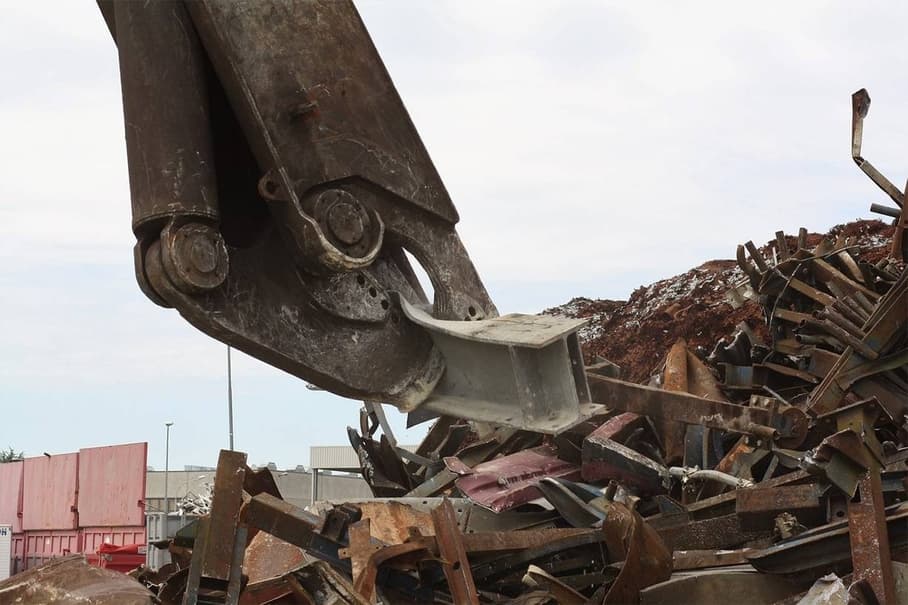

MAR 19, 2025
We all know that scrap metal recycling provides environmental benefits and can be a good source of extra income. However, not many people know what happens to the scrap metal once it’s dropped off. If you’re among those curious, you’ve come to the right place.
In this blog post, RCM Recycling explains how metal goes from scrap to new products. Some of the products made from scrap metal include automotive parts, appliances, building materials, electronics, consumer goods, building materials, and more. RCM Recycling is one of the leading scrap metal recyclers looking to reduce waste and lower the carbon footprint.
Collection
The first step in the scrap metal recycling journey is the collection of scrap metal from various sources. This includes residential curbside pickups, industrial scrap yards, and demolition sites. Scrap metal buyers in Stockbridge either pick up scrap metal directly from these locations or provide convenient drop-off points.
Sorting
Once collected, the metal is transported to the recycling facility, where it undergoes sorting to separate different types. This step distinguishes ferrous metals from non-ferrous metals. Ferrous metals are those that contain iron. Magnets, spectrometers, and visual inspection are used to ensure accurate categorization. Recyclers encourage pre-sorting by individuals and businesses to streamline this process and improve efficiency. Sorted scrap metal also fetches a higher price compared to unsorted materials.
Shredding and Cutting
Large metal pieces are shredded and cut into smaller and manageable fragments. This process increases the surface area of the metal to facilitate melting. Recyclers use powerful shredders and shears to break down bulky items into uniform pieces. This step optimizes the melting process and removes impurities. The smaller size allows for more efficient processing in later stages.
Cleaning and Processing
The shredded metal is cleaned to remove contaminants like dirt, paint, and other non-metallic substances. The cleaning process ensures the purity of the recycled metal. Chemical treatments and physical cleaning methods are used to eliminate impurities.
Melting and Processing
The cleaned metal fragments are then melted in high-temperature furnaces. The molten metal is then purified to remove any remaining impurities. Alloying elements may be added to achieve specific properties. This process is undertaken under controlled and carefully monitored conditions to ensure the quality and consistency of the final product.
Finishing and Quality Control
The molten metal is solidified into ingots, billets, or other forms, and it’s prepared for manufacturing. Scrap metal recyclers employ rigorous quality control measures to ensure the recycled metal meets industry standards. This includes testing for composition, strength, and other properties. The finished products are then distributed to manufacturers to complete the recycling loop.
There you have it. This is the journey scrap metal takes from discarded waste to new products. The scrap metal recycling process is a vital part of promoting environmental sustainability. Instead of disposing of scrap metal in landfill sites, where it causes all sorts of problems, giving these materials a second life is good for the environment in many ways. Recycling conserves natural resources, reduces pollution, and creates jobs. If you have scrap metal taking up valuable space in your home or business, look for nearby scrap metal buyers to turn your unwanted materials into cash and contribute to a greener future.
If you’re looking to recycle your scrap metal, RCM Recycling can help. We are trusted scrap metal buyers and recyclers who are committed to making a positive impact on our planet. If you have any questions, please don’t hesitate to call or contact us online.